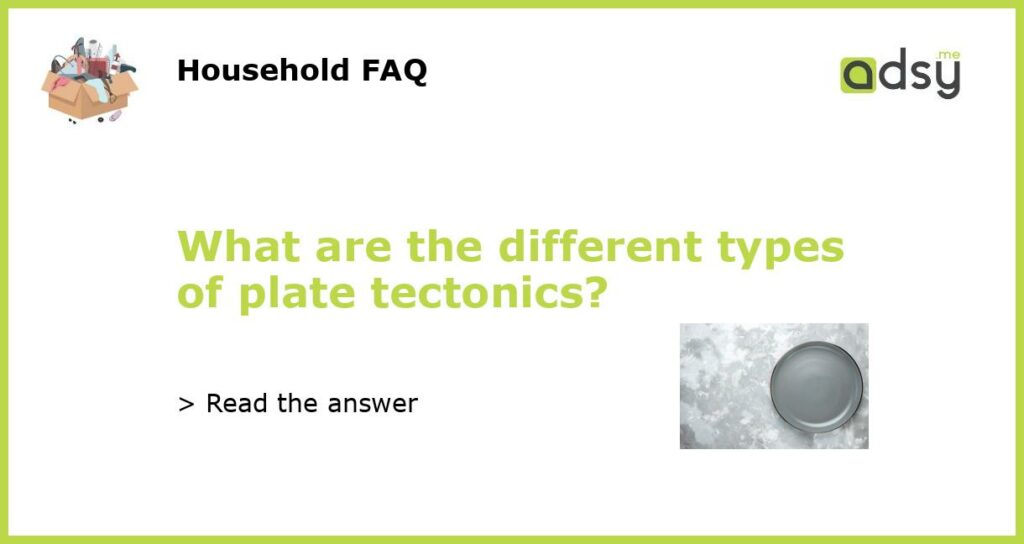Introduction to Plate Tectonics
Plate tectonics is a theory that explains the movement and interaction of large sections of the Earth’s lithosphere, known as tectonic plates. These plates are rigid pieces of the Earth’s crust and upper mantle that fit together like a jigsaw puzzle. The theory of plate tectonics revolutionized the field of Earth sciences, providing a framework to understand various geological phenomena such as earthquakes, volcanic activity, mountain building, and the formation of oceanic trenches and mountain ranges.
Divergent Plate Boundaries
Divergent plate boundaries occur when tectonic plates move apart from each other. The separation of these plates allows magma from the Earth’s mantle to rise to the surface and create new crust. This process is known as seafloor spreading. Divergent plate boundaries are typically found along oceanic ridges, where new oceanic crust is formed. The Mid-Atlantic Ridge is a prime example of a divergent plate boundary, where the North American and Eurasian plates are moving apart.
Convergent Plate Boundaries
Convergent plate boundaries, also known as subduction zones, occur when tectonic plates collide with each other. There are three main types of convergent plate boundaries: oceanic-oceanic, oceanic-continental, and continental-continental.
In oceanic-oceanic convergence, two oceanic plates collide, and the denser plate is subducted beneath the less dense plate. This process forms deep-sea trenches and volcanic island arcs. The collision of the Pacific and Philippine plates is an example of oceanic-oceanic convergence, which has created the Mariana Trench and the Mariana Islands.
In oceanic-continental convergence, an oceanic plate collides with a continental plate. The denser oceanic plate is subducted beneath the less dense continental plate, creating a subduction zone. The collision of the Nazca Plate with the South American Plate has formed the Andes Mountains, the longest continental mountain range in the world.
In continental-continental convergence, two continental plates collide, causing the crust to crumple and fold, leading to the formation of large mountain ranges. The collision of the Indian and Eurasian plates has created the Himalayas, the highest mountain range on Earth.
Transform Plate Boundaries
Transform plate boundaries occur when tectonic plates slide past each other horizontally. This type of boundary does not involve the creation or destruction of crust. The most well-known transform boundary is the San Andreas Fault in California. The Pacific Plate is moving northward relative to the North American Plate, causing frequent earthquakes along this boundary.
Hotspots
Hotspots are volcanic regions believed to be the result of mantle plumes, which are columns of hot material rising from deep within the Earth. Unlike tectonic plate boundaries, hotspots are fixed and do not move with the plates. As the tectonic plates move over a hotspot, volcanic activity can occur.
One famous hotspot is the Hawaiian Islands. The Pacific Plate is moving northwestward over the Hawaiian hotspot, creating a chain of volcanic islands, with the Big Island of Hawaii being the newest and most actively volcanic.
In summary, there are three main types of plate tectonics: divergent plate boundaries where plates move apart, convergent plate boundaries where plates collide, and transform plate boundaries where plates slide past each other. Each type of plate boundary is associated with specific geological features such as oceanic ridges, deep-sea trenches, mountain ranges, and volcanoes. Understanding the different types of plate tectonics is crucial for scientists to interpret and predict geological events and phenomena.






